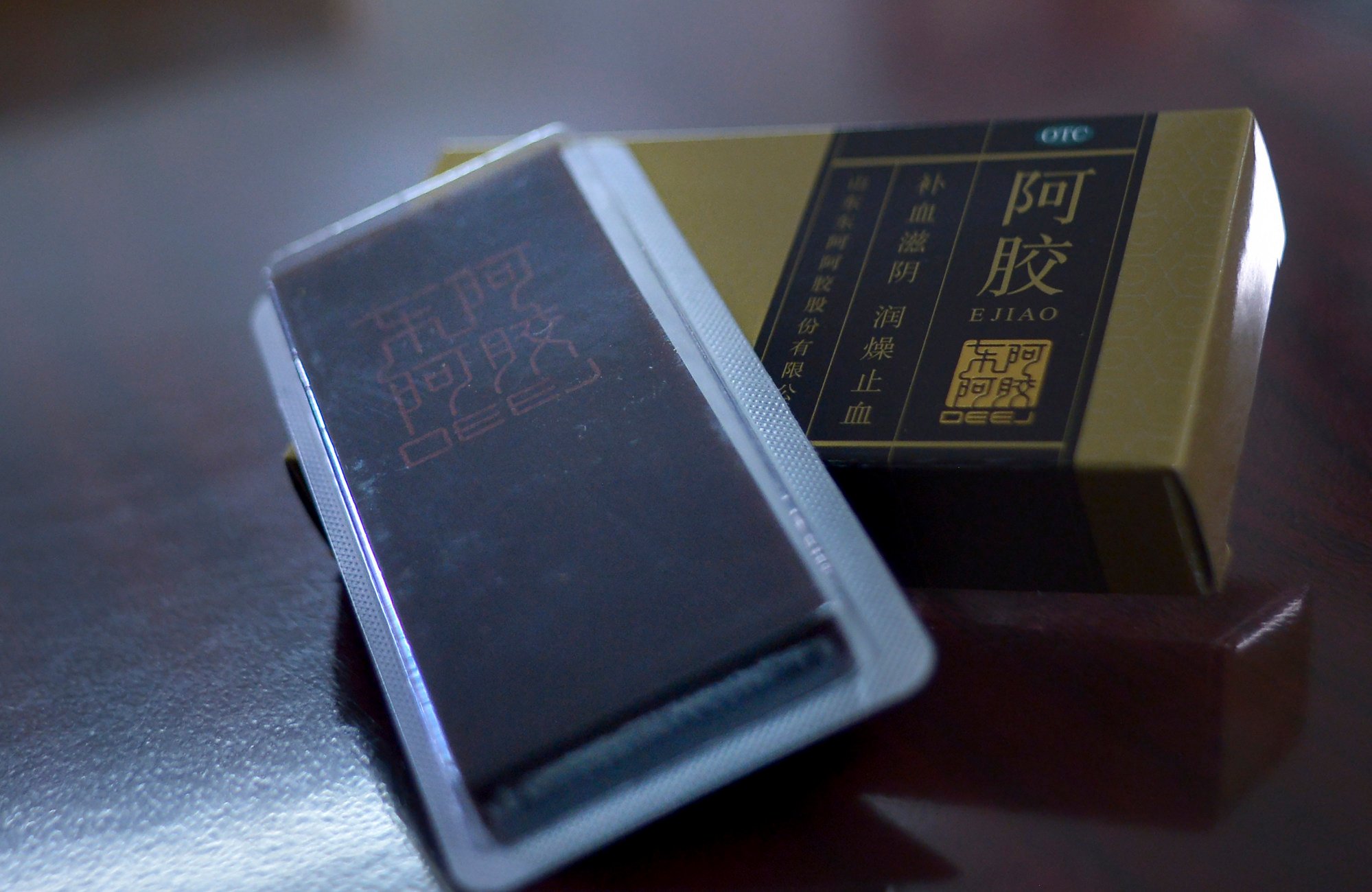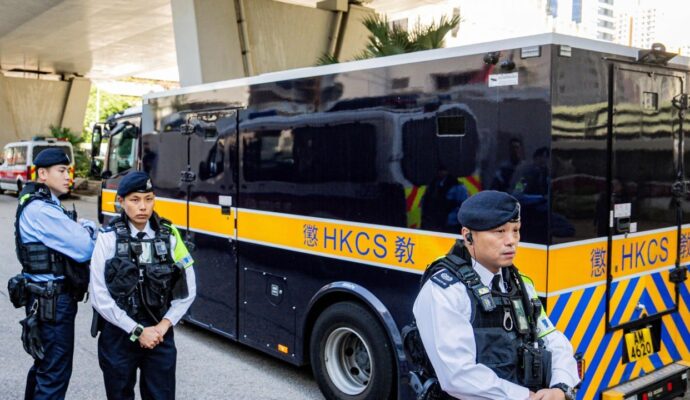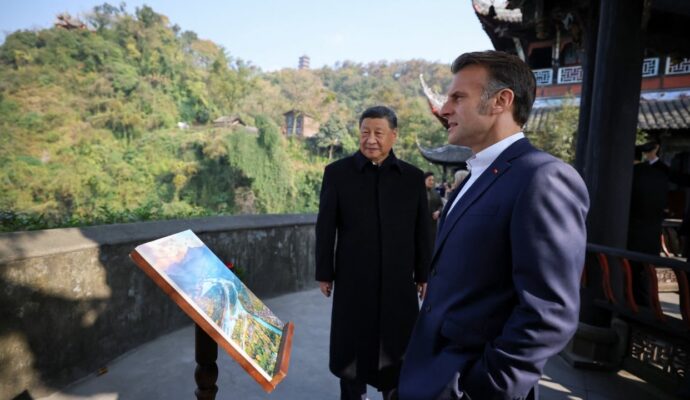With donkeys stubbornly difficult to breed – the gestation period can last more than a year – any obstacle to China’s import of their skins is likely to pile on the pressure for the booming ejiao industry.
The report’s recommendations will be put to the AU Assembly of Heads of State and Government for adoption in February.
African countries such as Tanzania and Ivory Coast have already banned the donkey skin trade, and Kenya had four Chinese-owned donkey slaughterhouses closed in 2020 over increased cases of theft.
“This [approval] is so important for communities in Africa and their donkeys which suffer untold cruelty driven by this insatiable demand for their skins,” Dr Raphael Kinoti, regional director of Brooke East Africa, said.
“We are delighted that the committee recognised the socio-economic contribution of the donkey to livelihoods in Africa and hope every African country will respect this decision and stop this trade to preserve this critical natural heritage and the livelihoods that it supports.”
“The donkey, due to its historical importance, became a symbol of the struggle, strength, resistance of the [country’s] people, integrating the imaginary Brazilian and constituting a true historical and cultural heritage,” Brazilian congressman Nilto Tatto said at a recent meeting of the environmental commission in Brasilia.

“Considering the benefits to donkeys, the health of the Brazilian population, biosafety, and our cultural history, we voted to approve this bill,” Tatto said.
The bans in Brazil and Africa will effectively cut off supply from two of the biggest markets in the trade. It is a move UK-based charity The Donkey Sanctuary hopes will spur the ejiao industry into looking for sustainable and cruelty-free alternatives.
According to Sian Edwards, head of campaigns at The Donkey Sanctuary, countries with high donkey populations are targeted by the ejiao industry. This includes African countries, Latin American nations, and even Australia with its feral donkey population.
“We conservatively estimate around 4.8 million donkeys [each year] are slaughtered to supply the skins the industry requires for its output of ejiao sales,” Edwards said.
Africa is home to about two-thirds of the world’s donkeys. Ethiopia is said to be the “world’s donkey superpower” with more than 10 million of the animals. Sudan and Pakistan are also among the world’s top donkey producers.
Demand for Chinese medicine fuelling illicit African donkey trade
Demand for Chinese medicine fuelling illicit African donkey trade
Meanwhile, data from the Shandong Ejiao Industry Association shows the market for the traditional Chinese medicine rose from 19.6 billion yuan in 2013 to 53.5 billion yuan in 2020 (around US$7.5 billion).
Lauren Johnston, an associate professor at the University of Sydney’s China Studies Centre, said for some of Africa’s poorest and most remote regions, donkeys are a vehicle of both social and physical mobility.
“When a mother has a donkey, she is often free to earn more off-farm income – to get more chores done more efficiently and so can work off-farm and send her children to school,” Johnston said.
But when the donkeys are stolen, or become unaffordable thanks to inflation, it is the poor – and particularly women and girls – who suffer the most.
Johnston said the other issue is that donkeys do not breed quickly, so if they are consumed quickly, it is not possible to replace them immediately.
She said that some experts believe China’s high consumption rate does not only risk the supply of donkeys for ejiao – it risks the availability for donkeys entirely, in their traditional role as a working animal for the poor and geographically marginalised.
A recent study conducted by Johnston for the South African Institute of International Affairs found that China needed more than 5 million donkeys annually – roughly 10 per cent of the global donkey population – to meet the demand for ejiao.
However, the study said only about 2 million hides come from China’s domestic donkey population. Of the 3 million or so hides it imports each year, 25 per cent to 35 per cent are from animals that have been stolen, mostly from small farmers who need the animals to transport their produce.



